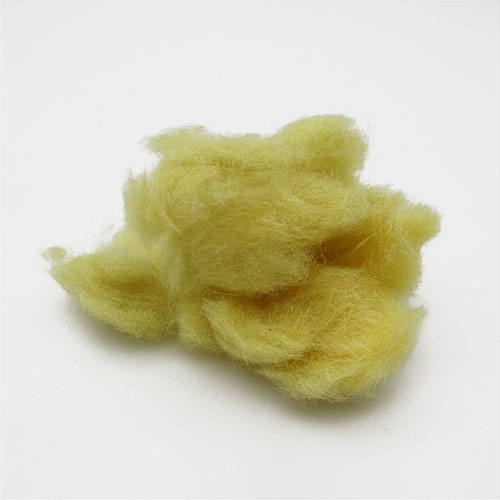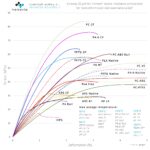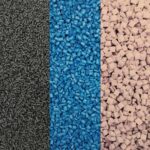
Material summary : Aramid fibres and Nanovia ABS AF
August 11, 2022Nanovia specializes in the development and manufacturing of fibre reinforced polymer filaments for FFF 3D printing. One of the fibres we use is aramid, which we notably use to reinforce ABS.
Aramid fibres

Aramid is a derivative synthetic fibre from aromatic polyamides polymer chains. The name “aramid” is a contraction of « ARmomatic polyAMIDE). It was developed in the 60s and popularized by the para-aramid by DuPont under the commercial name Kevlar®.
Recognizable by its yellow colour, aramid offers and excellent abrasion resistant whilst being very low density.
In 3D printing on of the main advantages of this fibre is that it’s less abrasive than carbon and glass but as strong.
Aramid is also not conductive, which makes it suited for certain electronical applications.
L’aramide n’est pas adapté aux expositions extérieures, car il est sensible aux UV. Il est aussi hydrophile, ainsi, ses propriétés varient en fonction du taux d’humidité. Afin d’utiliser les pièces qui contiennent de l’aramide, il est préférable de traiter la pièce avec un post traitement anti UV pour des applications en extérieur.
It’s however not adapted for outdoor usage, as it’s sensitive to UV radiation. The fibre is also hydrophilic, which modify it’s properties depending the humidity level. When using parts that contain aramid fibre, we recommend using a post treatment solution to seal the part from humidity and harbor it from UV radiation when using it outdoors.
Aramid fibres degrade around 400 °C and thus are not suited for compounding with high temperature plastics that require those temperatures. In these situations we use carbon and glass fibres such as with our PEKK CF and PEKK-PEI GF.
Aramid fibre reinforced ABS is thus suited for mechanical components and those integrated in electronical systems. It also can be used to replace traditionally metallic pars and insulators.
The advantages of fibres in 3D printing.

The addition of fibres in FFF 3d printing allows for easier printing of otherwise tedious materials. ABS for instance is very sensitive to slight temperature changes during the printing process and ideally requires a thermo-regulated enclosure, without which it easily deforms. The added fibres limit this deformations and thus improve the bed adhesion.
The fibres also improve the mechanical properties (+15 % in the case of ABS) of the material allowing for parts as strong as unenforced filaments with less material, speeding up the fabrication process.
In addition we also commercialize Nanovia ABS AF in pellet form for 3D FGF granulate printing.
Tags: Nanovia ABS AFCategorised in: Products


